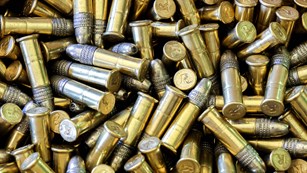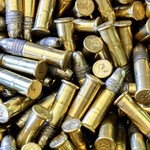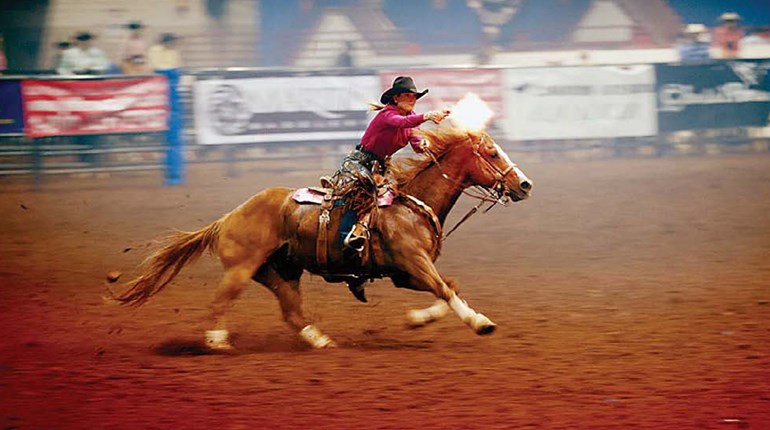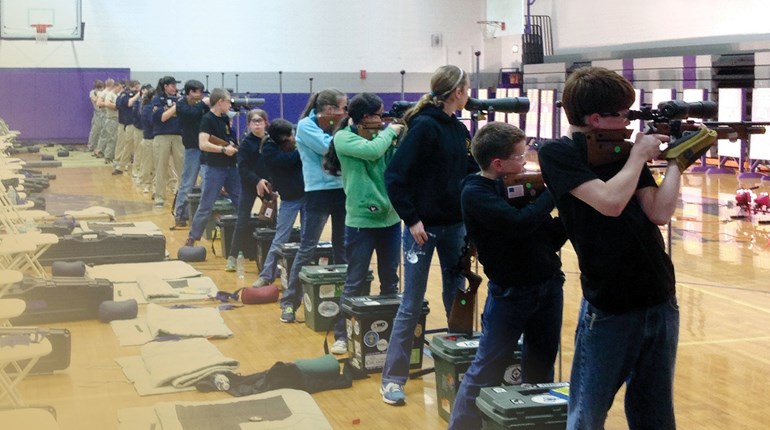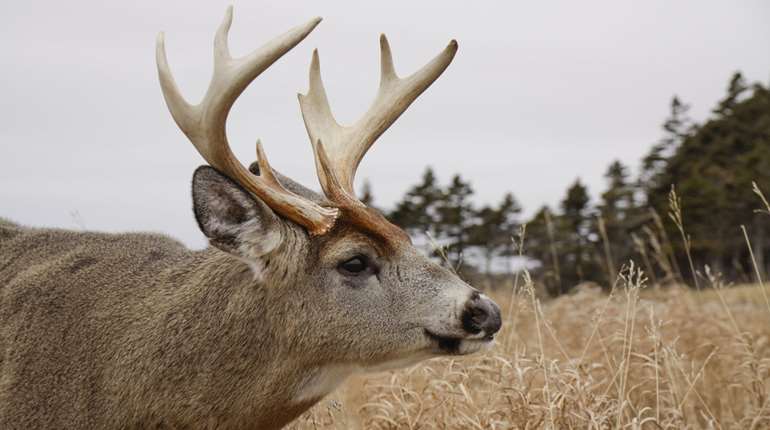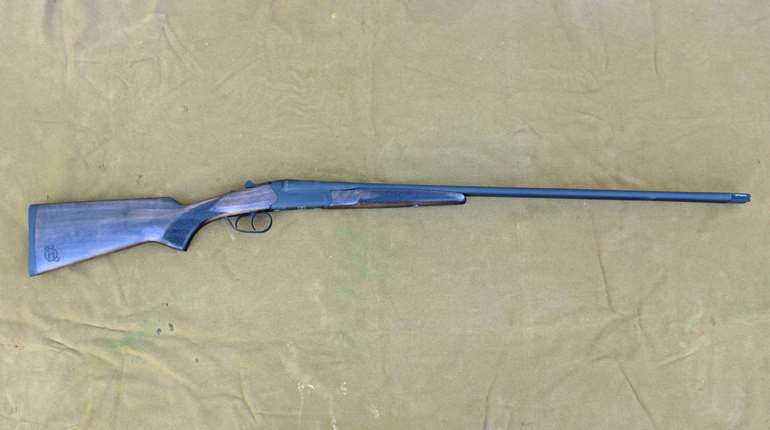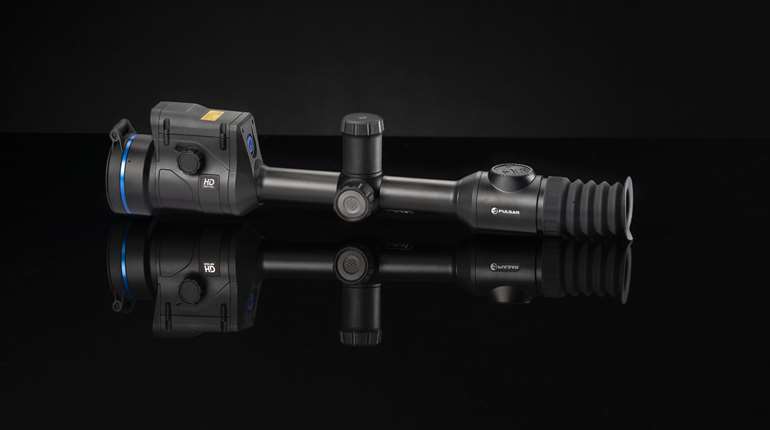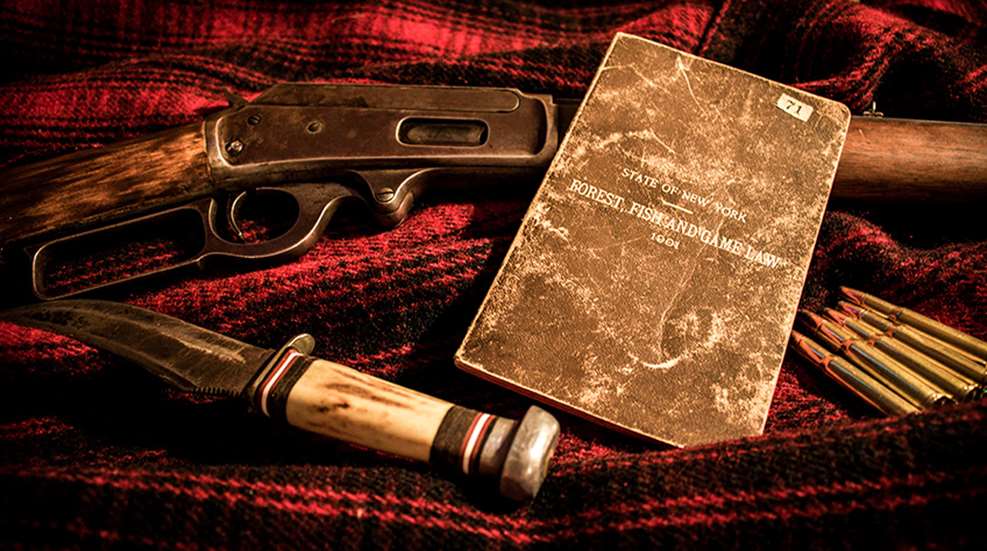
“Grandpa, he hunted back in the good old days. There was room to hunt, plenty of game, and the bucks were enormous back then. That’s the truth.” Or is it? Was Grandpa’s deer-hunting era better than what we have today? I certainly thought so, but I was doing some research, nosing around the internet, and thumbing through some treasured old Fish and Game law books, and found a different scenario than what I’d imagined. I also sat down with a couple older hunters—including my dad, Ol’ Grumpy Pants—to relate not only their experiences, but those stories they were told by the hunters that mentored them.
Grumpy Pants (G.P. for short) and I are business partners in our land surveying business, and as he’s had me out hunting, trapping and shooting with him since I've been old enough to remember, there are many times during the day when the talk turns to the great outdoors and his early exploits. “There are five times the deer today than there was when I was a kid,” he flatly stated. “There were many more active farms, and the woods were sparse in comparison to today.” Now, G.P. started hunting deer in the mid-1960s, when as a kid from Queens recently transplanted to the Hudson Valley, his life took a radical turn.
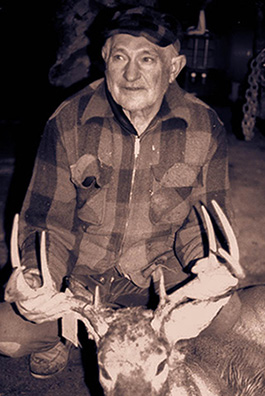
His best friend was George Miller, and the two of them grew up hunting anything they could. But it was George’s father, David W. Miller, who was his mentor and acted as a second father. Living on the family farm, which had been in the Miller family since the late 1800s, Dave Miller knew every square inch of the area. I knew Mr. Miller my entire life, until his passing in 1990, and got to hunt with him. “Dave told me that when he was a young man [in the 1920s], if you saw a single deer track, it was newsworthy,” G.P. told me, “there simply weren’t any deer here, they’d shot them out.” By the time G.P. was hunting, the deer population was definitely on the upswing, but was nothing close to what we have now. “You could take a doe with a party permit [multiple hunters on the same permit], compared to now, where each individual usually gets one—if not two—doe permits, plus archery and muzzleloader.”
New York’s Hudson Valley may not be known as a hot bed for trophy whitetails, but we have no shortage of deer. I keep a hunting journal, and I recorded seeing 54 deer on opening day of 2009. To imagine that the area was devoid of deer is nearly incomprehensible, but I know Dave Miller wasn’t lying. As a surveyor, I’ve seen many old maps and drawings of the area, and will affirm the idea that there was very little wooded ground—wood was a major source of heat in these rural areas—so there was very little cover for deer. But I came across a couple pieces of hard evidence that really filled in the blanks for me. I will use New York as an example, primarily because it’s home, but also because I have the most data for this area, but references in the material were made to other Northeast states, and inferences can be drawn for the contiguous 48.
By the Numbers
“There shall be no open season for wild deer in the counties of Ulster, Greene, Sullivan and Delaware before the year nineteen hundred and two.”
—State of New York Forest, Fish and Game Law 1901
The four counties mentioned comprise the heart of New York’s Catskill region; they’re rugged, wild areas, and offer excellent hunting for deer and black bear alike. I’ve lived in Greene County for two decades, and will tell you driving at dusk is like running the gauntlet; to think that deer numbers were so low that the season was closed altogether is unfathomable, but it happened. Reading that 1901 Game Law book was eye opening; the deer population was in serious trouble, reeling from the effects of over-hunting in the late 1800s combined with drastic habitat loss. This led me to do a bit of research, and I found a fantastic piece on the New York Department of Conservation website: History of the White-Tailed Deer in New York.
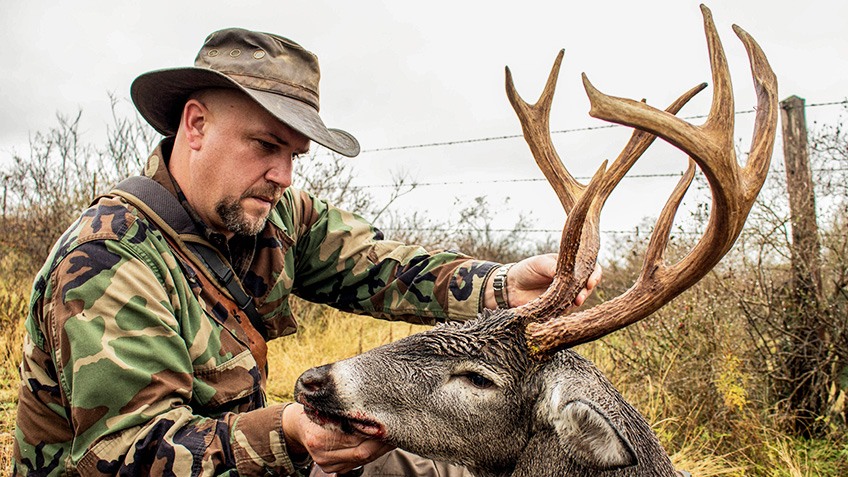
This little 40-page treatise on the plight of the deer in New York, and the efforts to restock the wild areas paints a different picture than most people would relate from memory. In fact, looking at the reported numbers of deer kills—and the corresponding measures taken to build the population—shows that Grandpa (Great Grandpa for the younger readers) didn’t have it nearly as good as we have it today. This document records the changing dates for deer season—and references the 1800s-era when there were no seasons at all—and also is a testament to how well the North American Model of Wildlife Conservation works, as today’s deer numbers prove. If you enjoy the history of deer hunting, I recommend downloading the document for your library.
The Greene County of today has a bounty of deer and black bear alike; Dave Miller would’ve had a hard time passing on some of the bucks we pass on. Yes, the coyotes pose an issue, but not to the point where deer numbers are in any way threatened. While my own little county comprises just over 414,000 acres, it is rather representative of how well the white-tailed deer bounced back over the last century. In 1927, a total of 36 deer were taken across the county, compared to 2,171 taken in 2018.
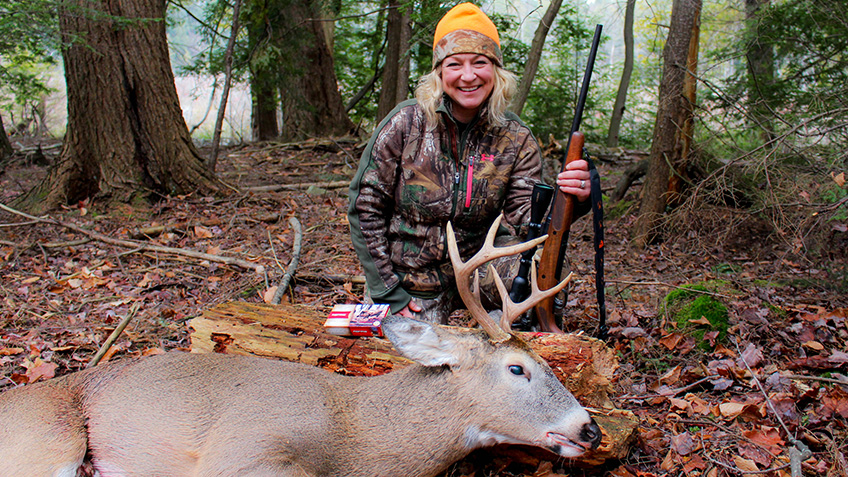
The same correlation can be drawn for Pennsylvania, Maine and many other states deeply-rooted in the deer-hunting tradition; the deer numbers of 2019 are grossly larger than those of 1919. Yes, the human population has increased, and a good number of farms have been subdivided into developments, but there are more big bucks across the board than there ever has been.
Would Grandpa approve of our current deer-hunting situation? I feel strongly that it would be an emphatic yes. My maternal grandfather, Paul DeCheck—with whom I spent an awful lot of time in the woods—could be ecstatic to see as many different bucks in one season as we see today. I remember his tales of trips to the Catskills and Adirondacks, full of humorous anecdotes but lacking in deer kills; those were the late 1940s, and 70 years has certainly changed the game. Sorry Grandpa, many things about your life and times were better than this modern era, but the deer hunting isn’t one of them.
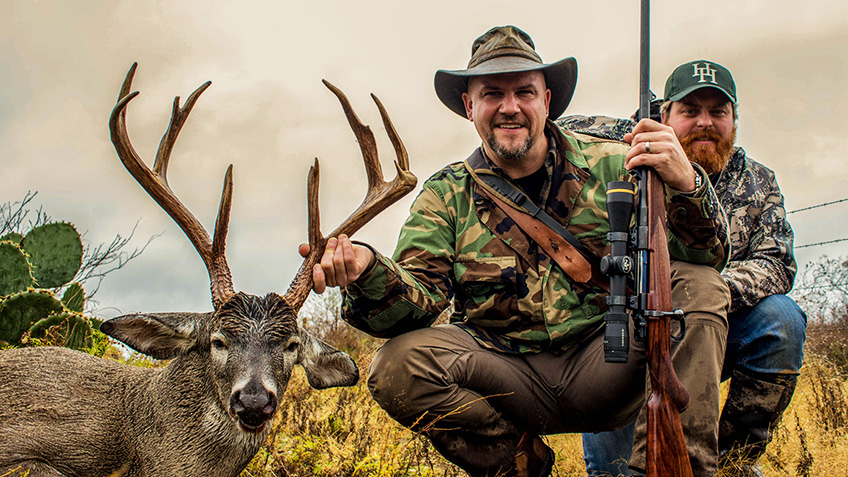
I’m the kind of hunter who likes the connection with the past, who embraces the roots of hunting and pays homage to those who came before us, but make no mistake about this: We are living in the Golden Age of deer hunting. In spite of the human population increase, in spite of the coyote populations and the deer ticks which have had a negative effect on the number of hunters, this season may just be the best opportunity to bag a trophy buck in your area; the odds are on your side.




